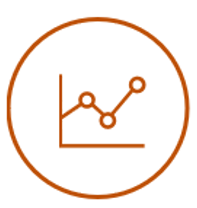
KNOW YOUR PROJECTS
OPERATIONAL ROADBLOCKS
PROJECT PULSE ANALYSIS
Teamwork
We are passionate about unleashing the inherent, untapped potential of a workforce.
Our purpose is to transform work environments by showing how to maximise Team Members' potential by bringing out their best.
By bringing alignment between leaders and teams we go where others fear to tread and show the barriers to work and project success.

85 - 90% of Corporate work is now Project Based
THE TRIPLE CONSTRAINT
Project Schedule

Project Scope (Work)

Project Resources

The "Triple Constraint" is generally represented as an Equilateral Triangle that highlights three fundamental aspects of a task or project:
Timeframe to Completion - Extent of Work - Available Resource
These elements are closely linked and impact one another. Hence, alterations in one aspect directly influence the others, necessitating continuous monitoring.
Unfortunately 70% of Projects Fail in 1 or more of these areas
Gallup - 2023 State of the Global Workplace report

Research shows the failure rate is mainly due to Human Factors tied to the interrelationships with the Triple Constraint.
Project Pulse Analysis Offerings
Let us help you improve project operational flow, by creating an environment that will allow fast access to existing conditions that interfere with project success.
Departmental - Managers - Teams - Summary & Detail Reporting
General "Projects":
The term "Project" is often used to implement various types of change within an organisation e.g. developmental, transformational, without following formal Project Management Protocols.
Regardless of the type of change being implemented, the CPA allows monitoring throughout the change process, to ensure faster corrective measures can be implemented.
Project Business Elements

Reporting:
Reporting is designed to provide management with data that shows what is Working and What is Not and Why across individual or multiple business elements.
Departmental - Project Managers - Project Teams - Summary & Detail Reporting
Project Framework:
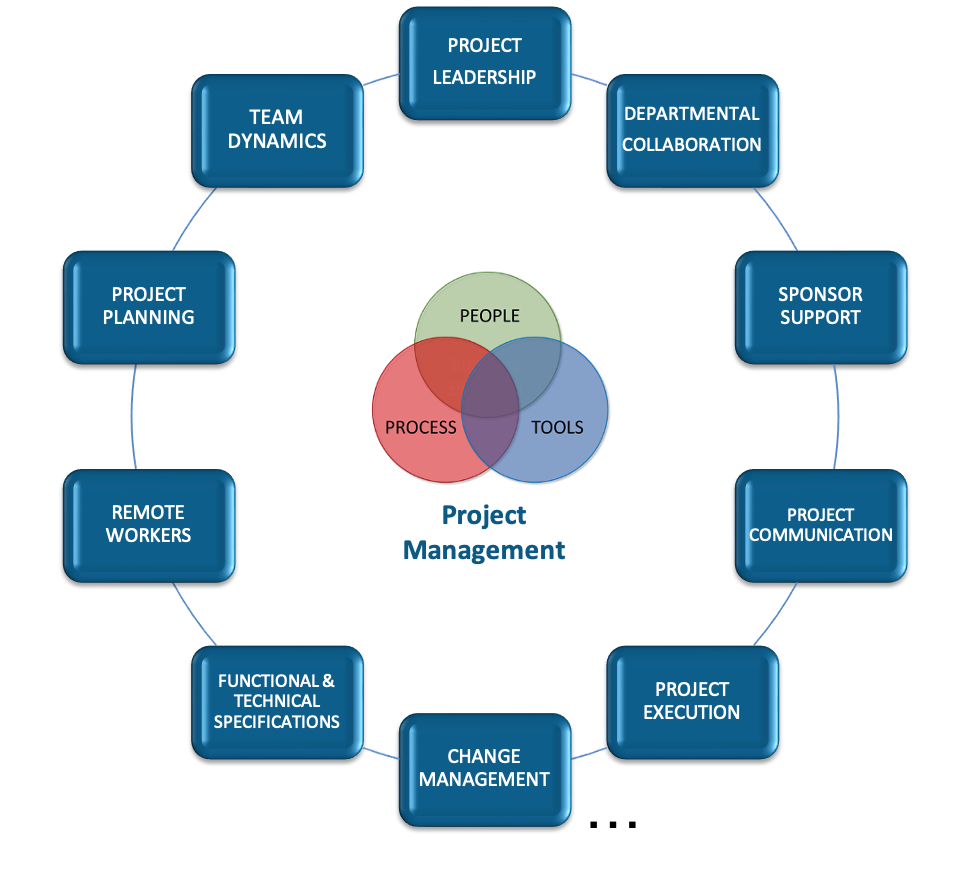
Formal 'Projectized' Organisations:
'Projectized', is where an organization has implemented specific project management frameworks that formalise terminology and process with the objective of establishing a permanent Project Process Framework that forms an integral part of their operations and stays with the company.
The CPA offers project managers and team members a way to ensure Project Process Framework Requirements are followed to ensure greater efficiency throughout the "Project Lifecycle".
Furthermore, the human factors influenced by pressure significantly impact project success. Therefore, awareness of team members' experiences while performing their duties holds great importance.
Reporting:
Reporting is designed to provide clear and relevant data to ensure project protocols are being followed.
With Your Company or Clients In Mind.

The CPA is built to increase agility by quickly identifying clients operational challenges across multiple Business Elements that are or could increase risk and hamper progress.
We understand the complexities of aligning a company workforce with company direction and the importance of knowing priorities, so the system is designed to clear the way for decision-making.
Regardless of industry, Management has dynamic and direct access to core information which clearly shows what is working well and what aspects require attention.
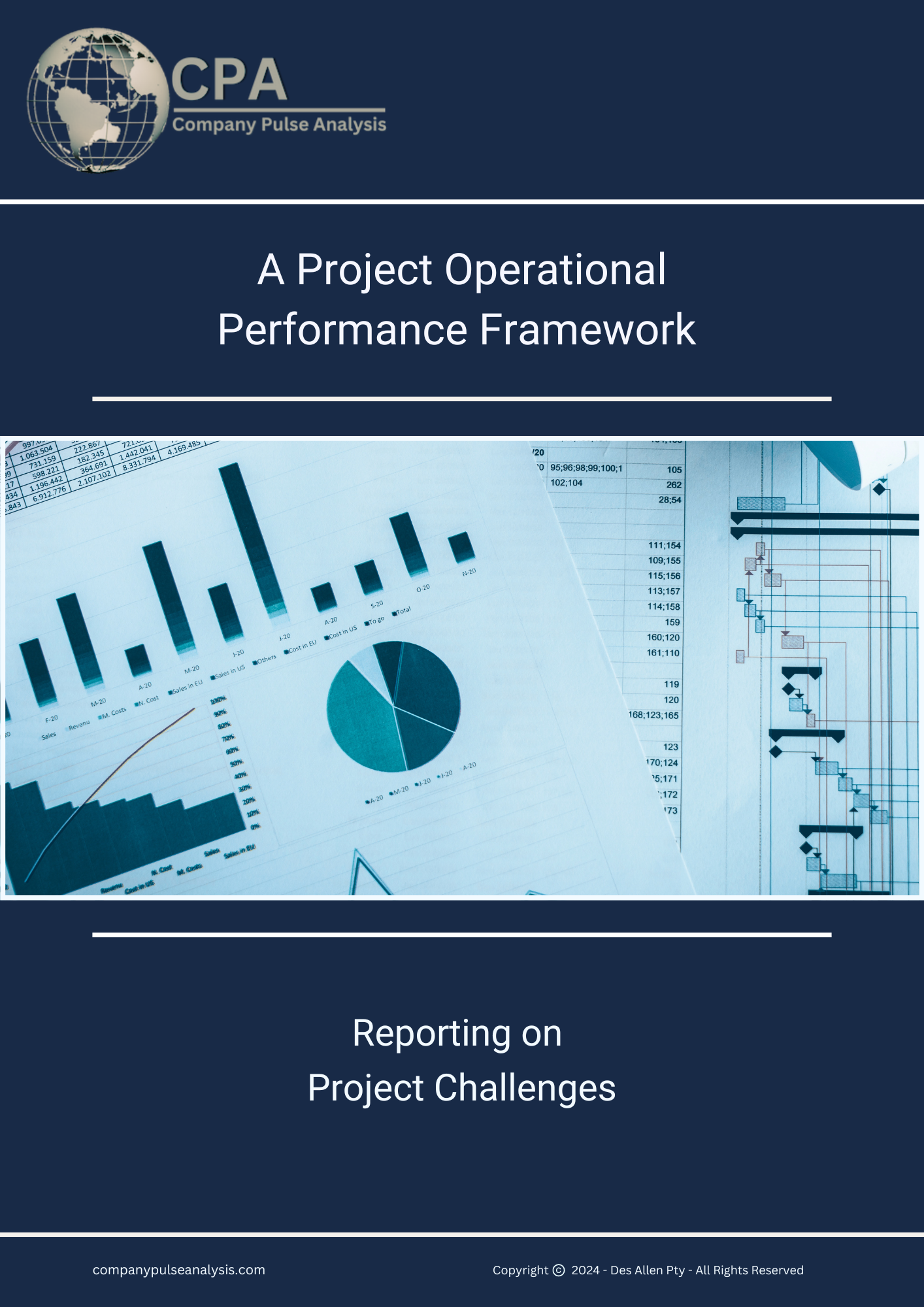
Contact Us




